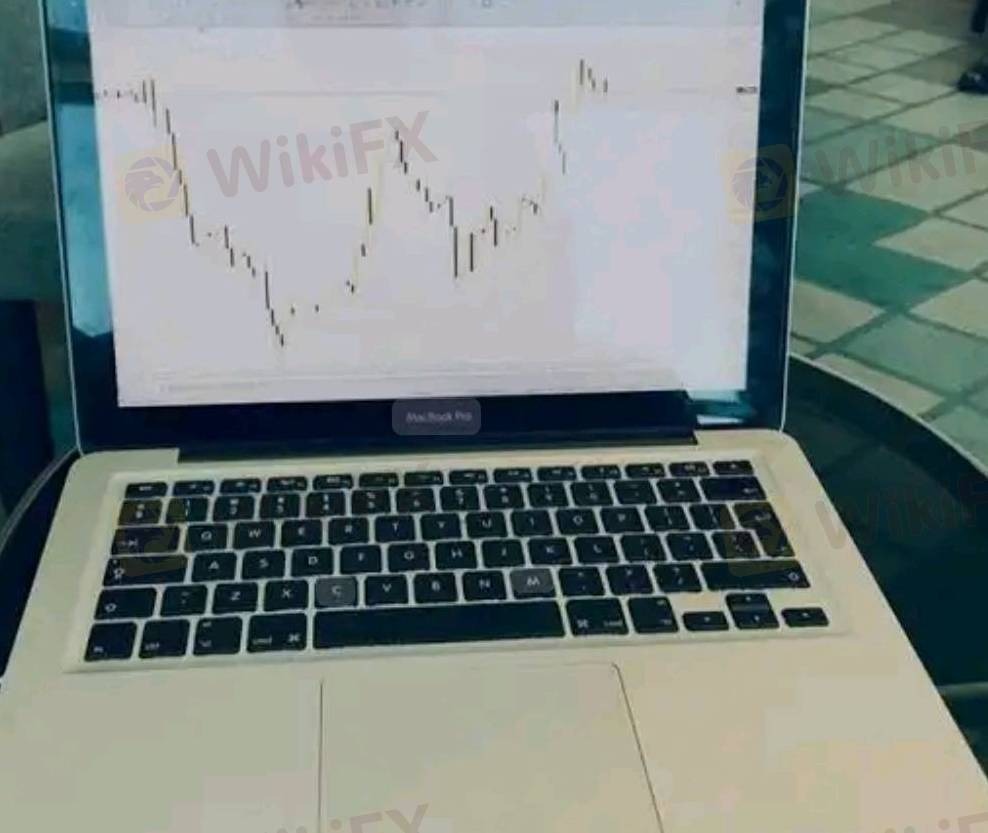
2025-05-31 07:00
IndustryHOW TO TRADE WITH TRENDS
#CommunityAMA
Trading with trends means identifying and following the overall direction of a market — whether it’s going up (bullish), down (bearish), or sideways (range-bound) — and making trades in the direction of that trend. This is a core concept in technical analysis and is widely used by forex, stock, and crypto traders.
📈 What Is Trend Trading?
“The trend is your friend.”
Trend trading is based on the idea that once a trend is established, it’s more likely to continue than reverse.
There are 3 types of trends:
Uptrend: Higher highs and higher lows
Downtrend: Lower highs and lower lows
Sideways: No clear direction; price oscillates within a range
🧭 Steps to Trade with the Trend
1. Identify the Trend
Use tools like:
Price Action: Are highs and lows going higher or lower?
Trendlines: Draw lines connecting swing highs/lows.
Moving Averages:
50-day, 100-day, or 200-day
Price above MA → Uptrend; Price below MA → Downtrend
📌 Tip: Use a higher time frame (like daily or weekly) to confirm the overall trend, and a lower time frame (like 1-hour or 4-hour) for entry.
2. Use Technical Indicators
To confirm the trend or spot momentum:
Moving Average Convergence Divergence (MACD): Confirms trend direction.
Relative Strength Index (RSI): Shows overbought/oversold zones.
ADX (Average Directional Index): Measures trend strength.
3. Find Entry Points
Enter trades in the direction of the trend when the price pulls back:
In an uptrend: Buy on dips (pullbacks to support or moving averages)
In a downtrend: Sell on rallies (pullbacks to resistance)
✅ Entry triggers can include:
Bullish or bearish candlestick patterns (e.g., engulfing, pin bar)
Bounce off moving averages or trendlines
Breakouts above
Like 0
vsggd
Trader
Hot content
Industry
Event-A comment a day,Keep rewards worthy up to$27
Industry
Nigeria Event Giveaway-Win₦5000 Mobilephone Credit
Industry
Nigeria Event Giveaway-Win ₦2500 MobilePhoneCredit
Industry
South Africa Event-Come&Win 240ZAR Phone Credit
Industry
Nigeria Event-Discuss Forex&Win2500NGN PhoneCredit
Industry
[Nigeria Event]Discuss&win 2500 Naira Phone Credit
Forum category

Platform

Exhibition

Agent

Recruitment

EA

Industry

Market

Index
HOW TO TRADE WITH TRENDS
 Singapore | 2025-05-31 07:00
Singapore | 2025-05-31 07:00#CommunityAMA
Trading with trends means identifying and following the overall direction of a market — whether it’s going up (bullish), down (bearish), or sideways (range-bound) — and making trades in the direction of that trend. This is a core concept in technical analysis and is widely used by forex, stock, and crypto traders.
📈 What Is Trend Trading?
“The trend is your friend.”
Trend trading is based on the idea that once a trend is established, it’s more likely to continue than reverse.
There are 3 types of trends:
Uptrend: Higher highs and higher lows
Downtrend: Lower highs and lower lows
Sideways: No clear direction; price oscillates within a range
🧭 Steps to Trade with the Trend
1. Identify the Trend
Use tools like:
Price Action: Are highs and lows going higher or lower?
Trendlines: Draw lines connecting swing highs/lows.
Moving Averages:
50-day, 100-day, or 200-day
Price above MA → Uptrend; Price below MA → Downtrend
📌 Tip: Use a higher time frame (like daily or weekly) to confirm the overall trend, and a lower time frame (like 1-hour or 4-hour) for entry.
2. Use Technical Indicators
To confirm the trend or spot momentum:
Moving Average Convergence Divergence (MACD): Confirms trend direction.
Relative Strength Index (RSI): Shows overbought/oversold zones.
ADX (Average Directional Index): Measures trend strength.
3. Find Entry Points
Enter trades in the direction of the trend when the price pulls back:
In an uptrend: Buy on dips (pullbacks to support or moving averages)
In a downtrend: Sell on rallies (pullbacks to resistance)
✅ Entry triggers can include:
Bullish or bearish candlestick patterns (e.g., engulfing, pin bar)
Bounce off moving averages or trendlines
Breakouts above
Like 0
I want to comment, too
Submit
0Comments

There is no comment yet. Make the first one.

Submit
There is no comment yet. Make the first one.